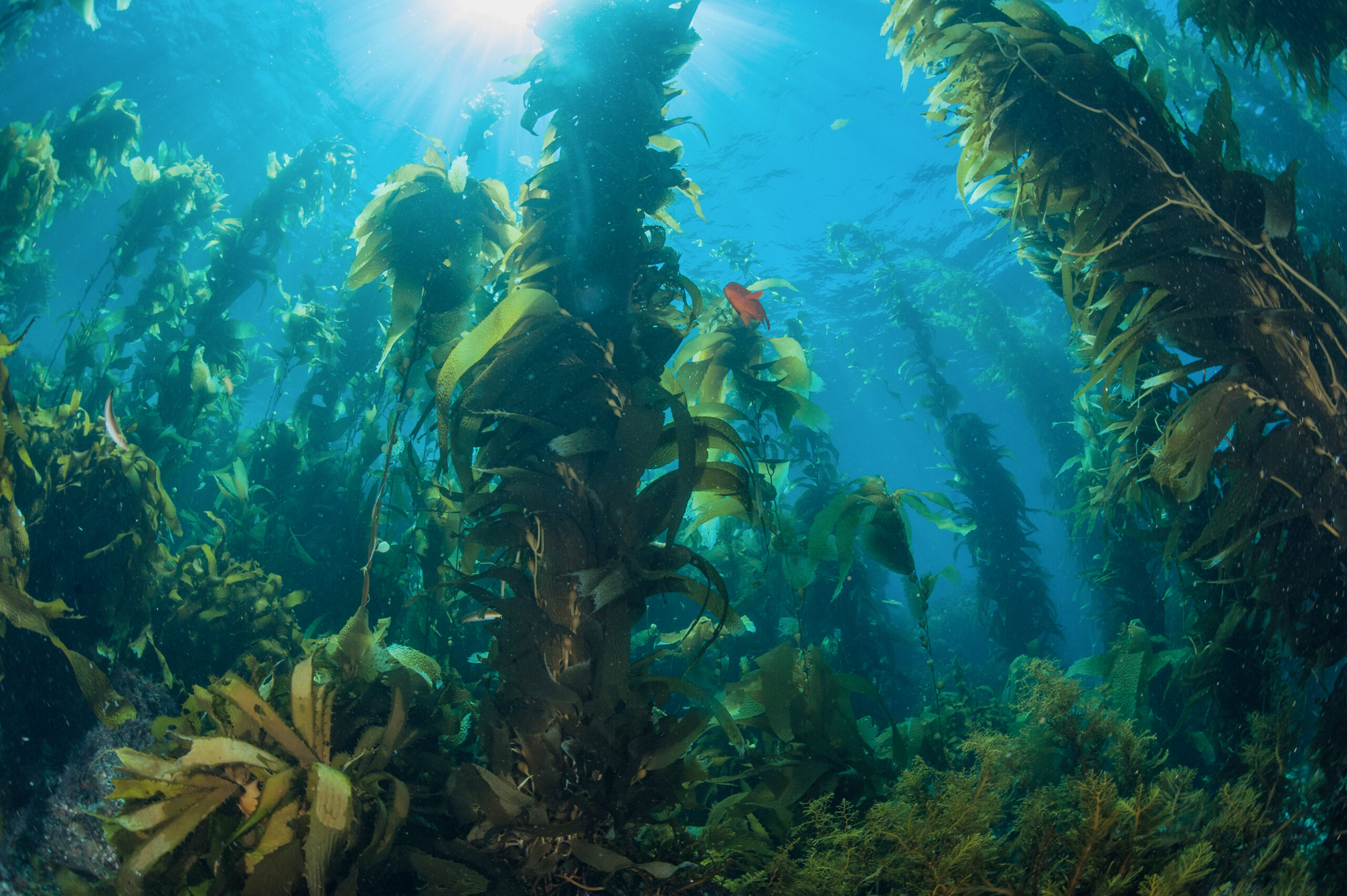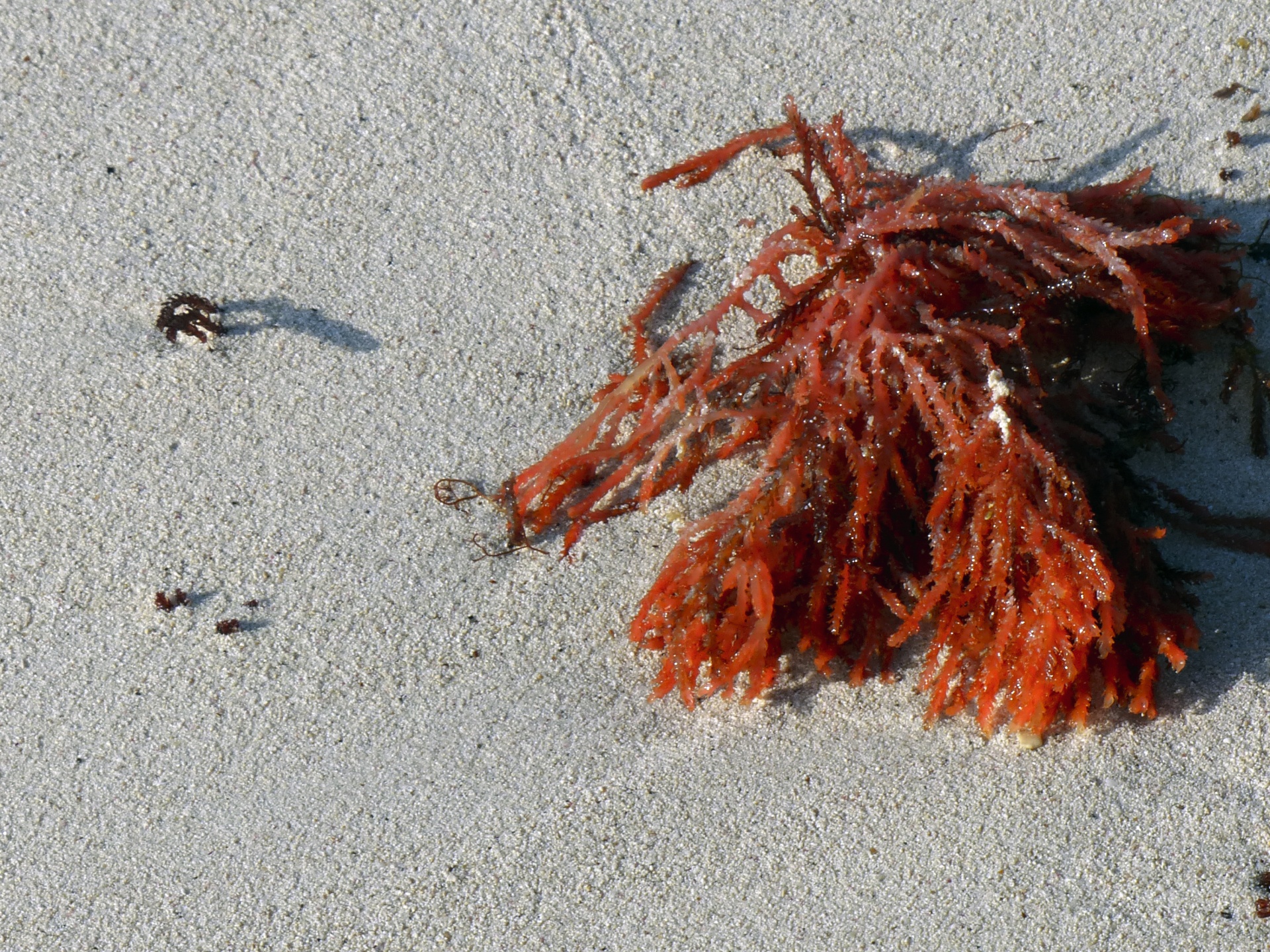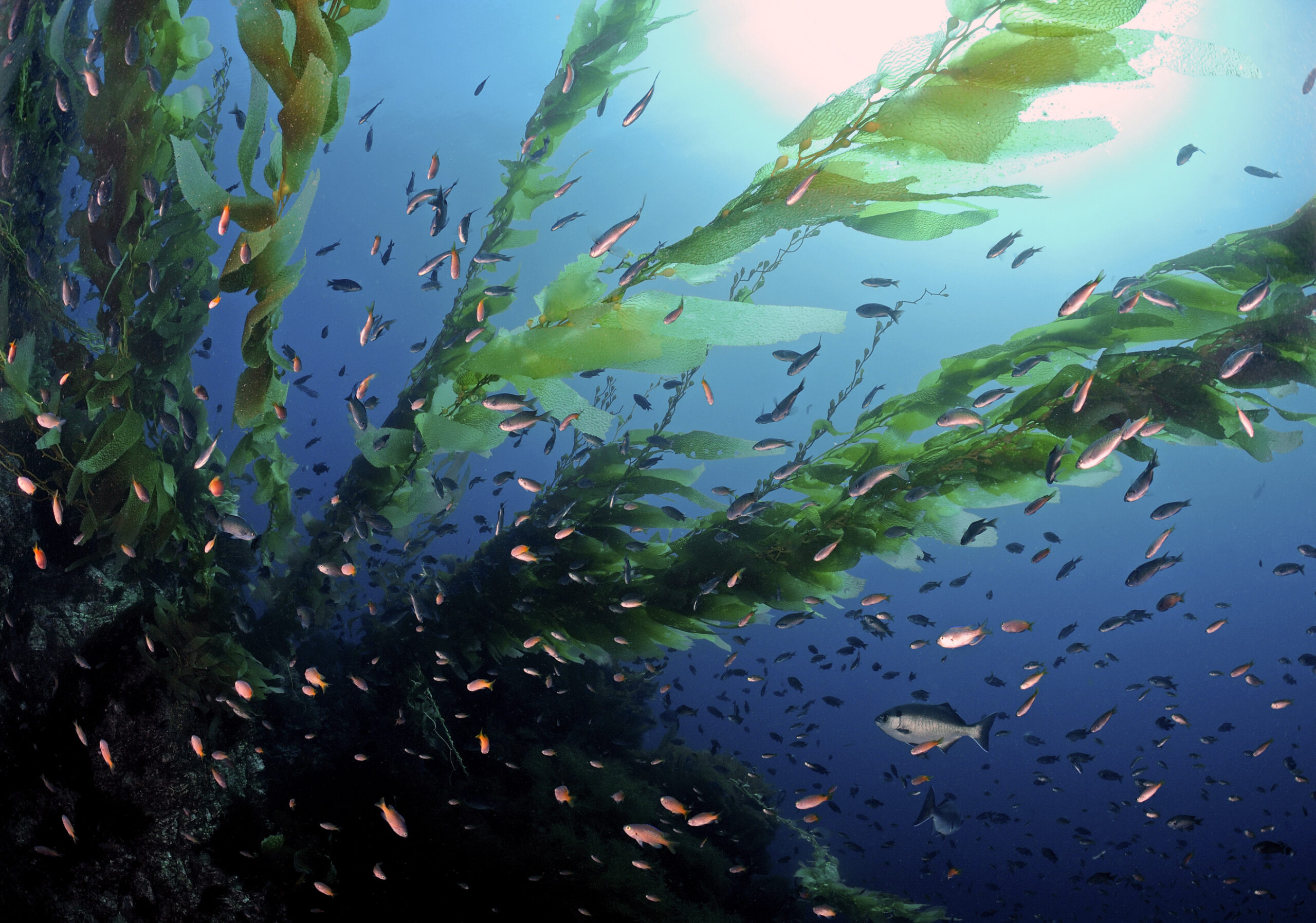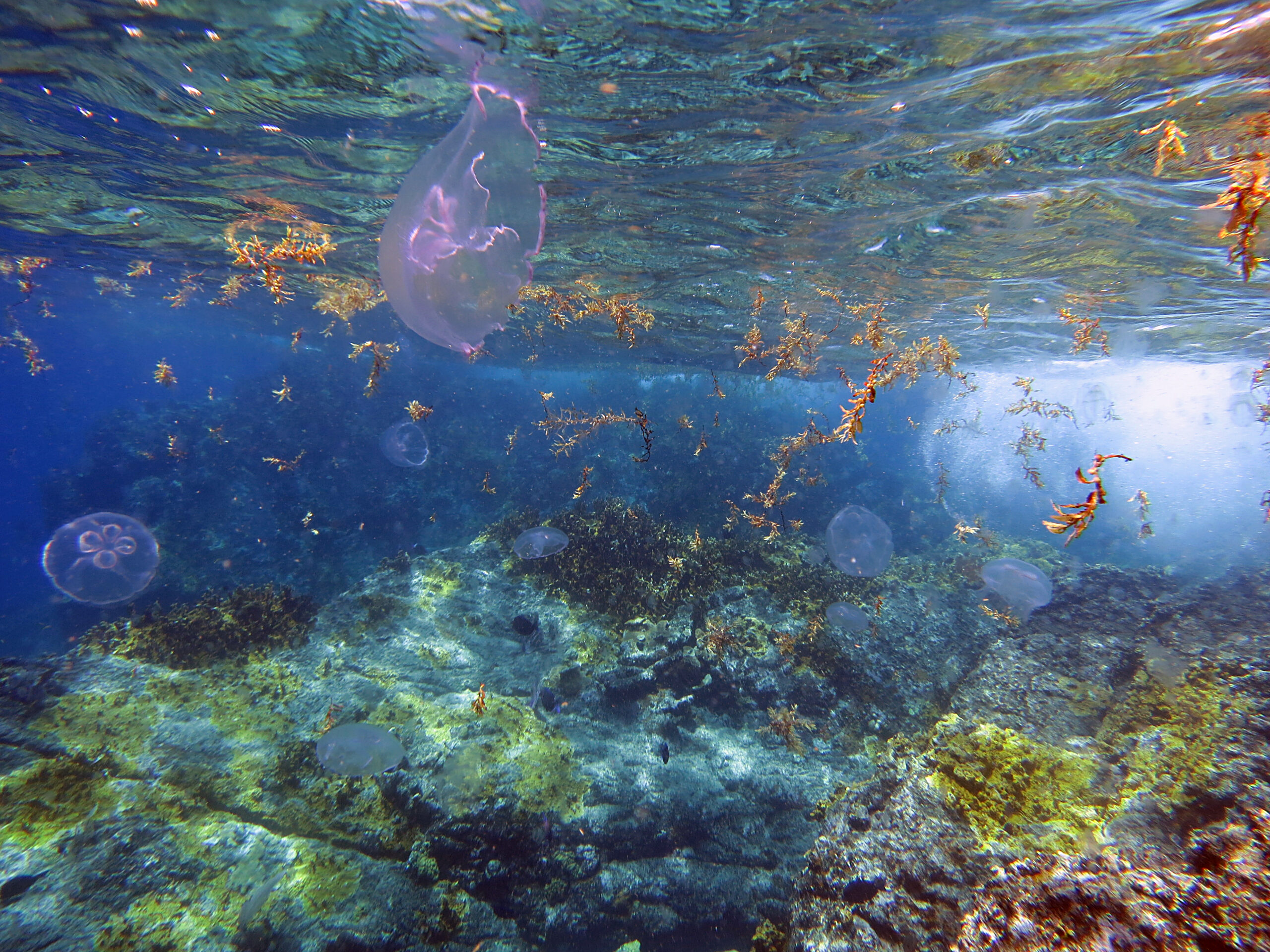What is a Hydrophyte?
Get to know the plants that populate the gardens of our ocean

Spring is in the air! As flowers, trees and shrubs burst to life on land, they attract pollinators like birds, bees and butterflies. When I started working at Ocean Conservancy early last year, I began to learn about all the different kinds of animals that call the water home. But animals are only one part of the ecosystem. There are also many plants living in ponds, wetlands and of course, our ocean! These plants that grow in or on the water are called hydrophytes.
Hydrophytes are plants that are especially suited for and have adapted to living in aquatic environments.

There are two categories of plants living in our ocean’s waters: those that float freely through the water, and those that are directly rooted into the ocean floor. Floating plants can be spotted near the surface of the water. Rooted plants are often found in shallow waters near the shore because they need to get enough sunlight to survive. Here are four common types of floating and rooted places that live in the ocean:
1. Kelp
Kelp beds are usually found in colder, nutrient-rich ocean waters. They contain a higher diversity of plants and animals than almost any other ecosystem in our ocean. Many organisms hide or feed in their thick blades, including seals, sea lions, whales, sea otters, gulls, terns, snowy egrets, great blue herons and shorebirds. Because of their dependency on sunlight, kelp forests form in shallow open waters and are rarely found deeper than 150 feet.
2. Red Algae

Red algae are some of the oldest examples of life on our planet! They have populated the warm, tropical waters of the world for hundreds of millions of years. They are also fundamentally integrated into human culture and economics around the globe. Some red algae play a major role in building coral reefs while others serve as nutrient-rich foods to larger resident species.
3. Seagrass
Seagrasses are essential to the lives of small invertebrates and fish. These creatures are a food source and protective habitat for many commercial and recreational fish species. Seagrasses can be found in a variety of aquatic environments, like bays and lagoons. They stabilize sediments, generate organic material needed by small invertebrates and add oxygen to the surrounding water.
4. Sargassum
Sargassum is a genus of large brown seaweed (already a type of algae) that floats in island-like masses and never attaches to the seafloor. This floating habitat provides food, refuge and breeding grounds for an array of animals such as fishes, sea turtles, marine birds, crabs, shrimp and more. It even serves as a primary nursery area for a variety of important fish. This organism even grew to become the biggest seaweed bloom in the world—stretching from West Africa to the Gulf of Mexico.
A healthy oceanic garden means healthy ocean life. Underwater plants provide oxygen, food, shelter and protection for many of the creatures living in the sea. Doesn’t that sound exactly like what plants provide human beings on land? So as you admire the flowers and trees this spring, please try to remember, protecting our ocean doesn’t just benefit our ocean friends … it benefits the gardens and plant life they enjoy too!


